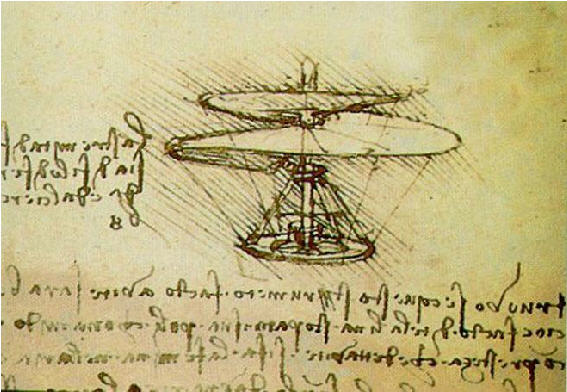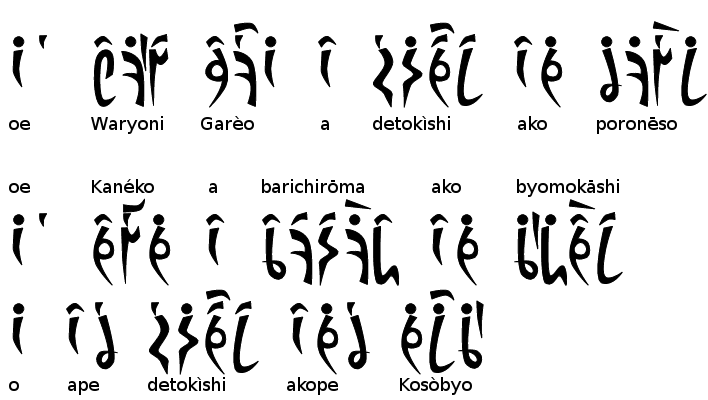Miwāfu glyphs
One of the inspirations for the cover for BAM and FOTS is DaVinci. In specific, the semi-technical writing with the careful notes written in the whitespace. They used it in Dungeons and Dragons 3.5 in much the same manner and I think it would be perfect for the theme I'm setting for both books.
In BAM, the main language is Miwāfu, though it is notationally written in English. But, I decided the cover could still follow that idea of filling in the space with notes. Naturally, to do this, I want to use Miwāfu directly instead of writing in English. That means I have to create the glyphs for Miwāfu along with enough of the language that it is reasonable accurate.
Related Posts
Glyph Inspiration
I find Tolkien's Elvish and Sanskrit-based languages to be beautiful. Sadly, the attempt to make it closer to Sanskirt failed miserably but after a few weeks of fumbling, I came up with something I'm pretty happy with.
This does take inspiration from a Tengwar version of Lojban. Mostly, it uses a fair amount of diacritics for the vowels. Mostly the smaller marks on the top are the six vowels: a, e, i, o, u, and y.
I also tried to think about how it would be written. In this case, I wanted something flowing as if someone was tracing in the sand or rocks. In my case, I used the steamy door after my shower.
This is a fairly thick font. I could make a narrower version, but until I see it on the cover, I won't know how thick I need it to be. I also wanted something bold to enforce the drawing in the sand with a finger.
Initial Glyphs
Below are the initial consonant I came up with for Miwāfu:
I did decide that voiced are opposites of the unvoiced version. And for the vowels (including accented versions) for the "w" constants.
Drawing These
When I started working on these, I used a graph pad and a pencil. It took a few weeks of just playing around with symbols, trying to get the right combination of appearance without too much duplication.
One notable aspect of written language is being able to identify characters easily. I needed to make sure that characters didn't turn into each other if you drew the beginning slightly curved or had a little flare at the end. There were quite a few times when I said "great, I'm done" and then realized two characters were pretty much identical if written in a hurry.
Once I had the symbols, I used Inkscape to draw them out as vectors. Each vowel, accent, and consonant was put on a different layer. This made it easy to layer them on top of each other, to make sure they were roughly balanced with each other.
Trying it out
Now, manually setting out the characters could be a royal pain. Fortunately for me, I'm perfectly willing to spend an hour writing a program to save myself two. So I banged up a little Perl program that took the SVG, split out each of the layers into a separate PNG image, and threw it into a directory.
A second Perl program took a text file with example text and creates an image using ImageMagick of the various glyphs. That way, I can see how the language looks when written out and make changes.
Making a Font
Since I'm intending to put these glyphs on the cover of BAM, I want to make it a proper font. This will let me do a few things that the Perl program can't easily do, in specific kerning.
Kerning is the space between characters. In the above example, "akope" (which means "additional object of sentence, negated"), the "a" and "ko" could be brought closer so the "ko" is in the curve of the "a". This is kerning and make the spacing look better.
Creating the font is also fun and one of my other interests. I want to create a few fonts for this fantasy world I'm building, this just happens to be the first one I'm doing (because of BAM).
Having the font also means I can create it as a web font. This will let me put it on the wiki-like site for the language to help document it. This is getting rather important since I'm quickly reaching six different works that have this naming language.
Metadata
Categories:
Tags:



